The Dietary Guidelines Advisory Committee has held five public meetings over the past year. At each meeting, subcommittees present updates on their research. (You can get all the details here.)
A subcommittee called the Data Analysis and Food Pattern Modeling Cross-Cutting Working Group has presented some interesting snapshots of the American diet. Although the Advisory Committee’s report isn’t ready yet, this information can help you come up with relevant topics for nutrition and health education. Here are two examples:
Snacking:
- Most Americans snack — in fact, 93% of us do, usually 2-3 times/day.
- Snacks provide 22-23% of our total calories.
- Late-night snacking often involves added sugars, sodium, and saturated fats.
- Every eating occasion is a chance to make nutrient-dense food choices. Shifts in childhood and adulthood snacks could help people meet food group and nutrient recommendations.
- Teaching ideas:
- Fruits and vegetables make great snacks. They’re unprocessed and lower in calories, added sugar, sodium, and fat. For tips, check out our Snack Smart poster and color handout download.
- Portion control can make snacks healthier. Look at 100 calorie snack portions and plan to keep some on hand for easy access. See our 100 Calorie Snacks handout download.
- Consider snacks as mini-meals, not treats. MyPlate can help people visualize this.
Burgers & sandwiches: This food category causes many Americans problems. Here’s how —
- Most Americans eat too many calories from solid fats.
- The main sources of solid fats include burgers & sandwiches and desserts & sweet snacks.
- Most Americans consume too much sodium.
- The category of burgers and sandwiches is the largest contributor to sodium intake.
- Teaching ideas: We obviously need to help people choose alternatives to high-fat burgers and sandwiches!
- Salad is the first thing that comes to mind:
- Plan some salad-based cooking demos (check out our Salad Secrets Cookbook).
- Get people thinking about a salad with our Fall in Love with Salad poster.
- Use restaurant menus to help clients or students choose healthier entrees when eating out.
- Encourage folks to plan their meals, make a shopping list, and eat more meals at home. Our Menu Planning tools are a great place to start.
- Sandwiches don’t have to be high in fat and sodium. Show clients how to build a healthier sandwich with lean meats and lots of veggies.
- Salad is the first thing that comes to mind:
If you’ve signed up to get updates about the 2020 Dietary Guidelines, you should have received an email letting you know that the fifth meeting of the Advisory Committee has taken place and you have until June 1, 2020 to submit comments (revised on April 9, 2020).
NOTE:
The 2020 Dietary Guidelines Advisory Committee’s schedule has been extended by one month, in consideration of new demands on Committee members’ schedules due to COVID-19. USDA and HHS continue to plan for the release of the 2020-2025 Dietary Guidelines for Americans by the end of the year.
To stay connected and receive updates as the Committee’s work progresses, please check DietaryGuidelines.gov.

The American Diet Poster
$22.75 $25.50
Add to Cart

History of Nutrition Poster - Classroom Poster - Perfect for March as Diet and Nutrition Awareness Month Poster
$22.75 $25.50
Add to Cart

History of Nutrition - PowerPoint - DOWNLOAD
$39.00 $69.00
Add to Cart







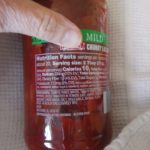
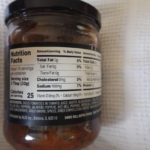
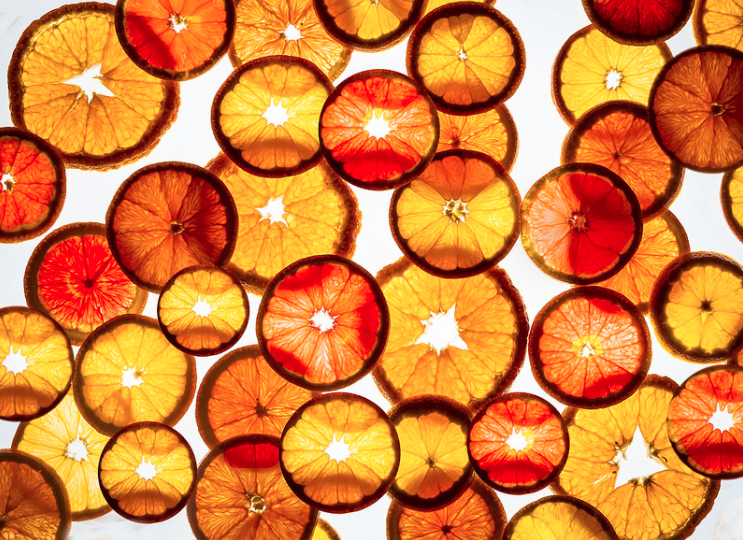



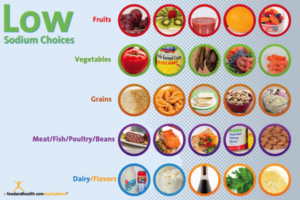
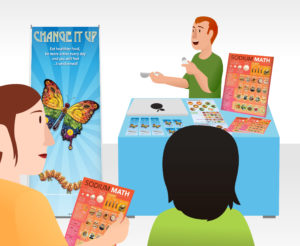
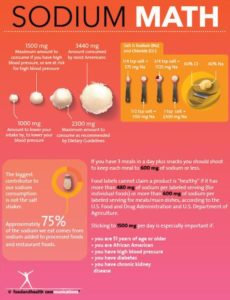

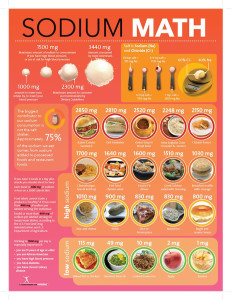
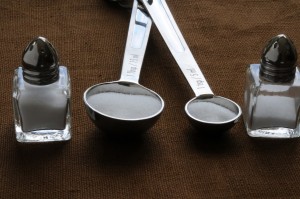
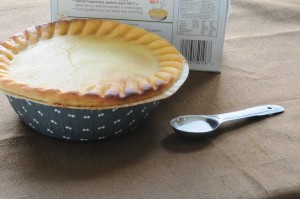
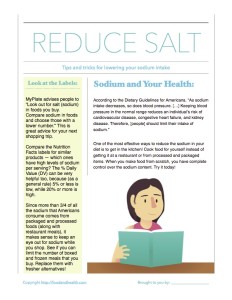



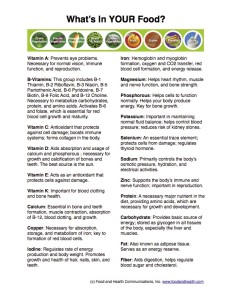



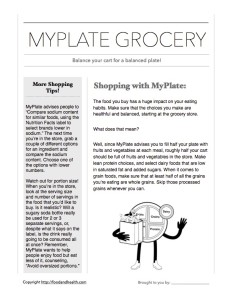


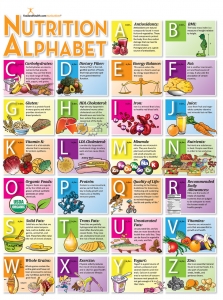
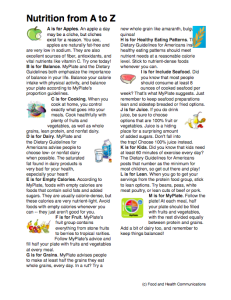
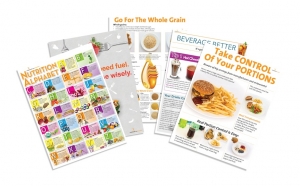
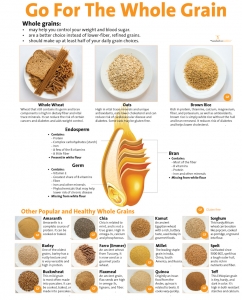



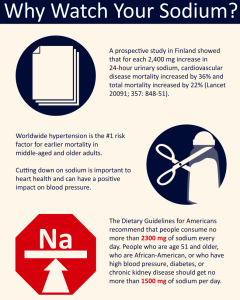
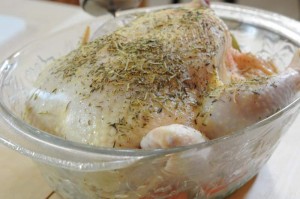 Many folks grab a rotisserie chicken as a quick last-minute dinner decision. My investigation into these chickens shows that they can be a good financial decision dependent upon where you’re purchasing them and the net weight. Nutritionally they are higher in sodium than a home roasted chicken or comparable sized single-person frozen entrees or most restaurant meals. Depending upon the rest of your meals that day, the rotisserie chicken may quickly put you over the recommended daily amount of sodium.
Many folks grab a rotisserie chicken as a quick last-minute dinner decision. My investigation into these chickens shows that they can be a good financial decision dependent upon where you’re purchasing them and the net weight. Nutritionally they are higher in sodium than a home roasted chicken or comparable sized single-person frozen entrees or most restaurant meals. Depending upon the rest of your meals that day, the rotisserie chicken may quickly put you over the recommended daily amount of sodium.